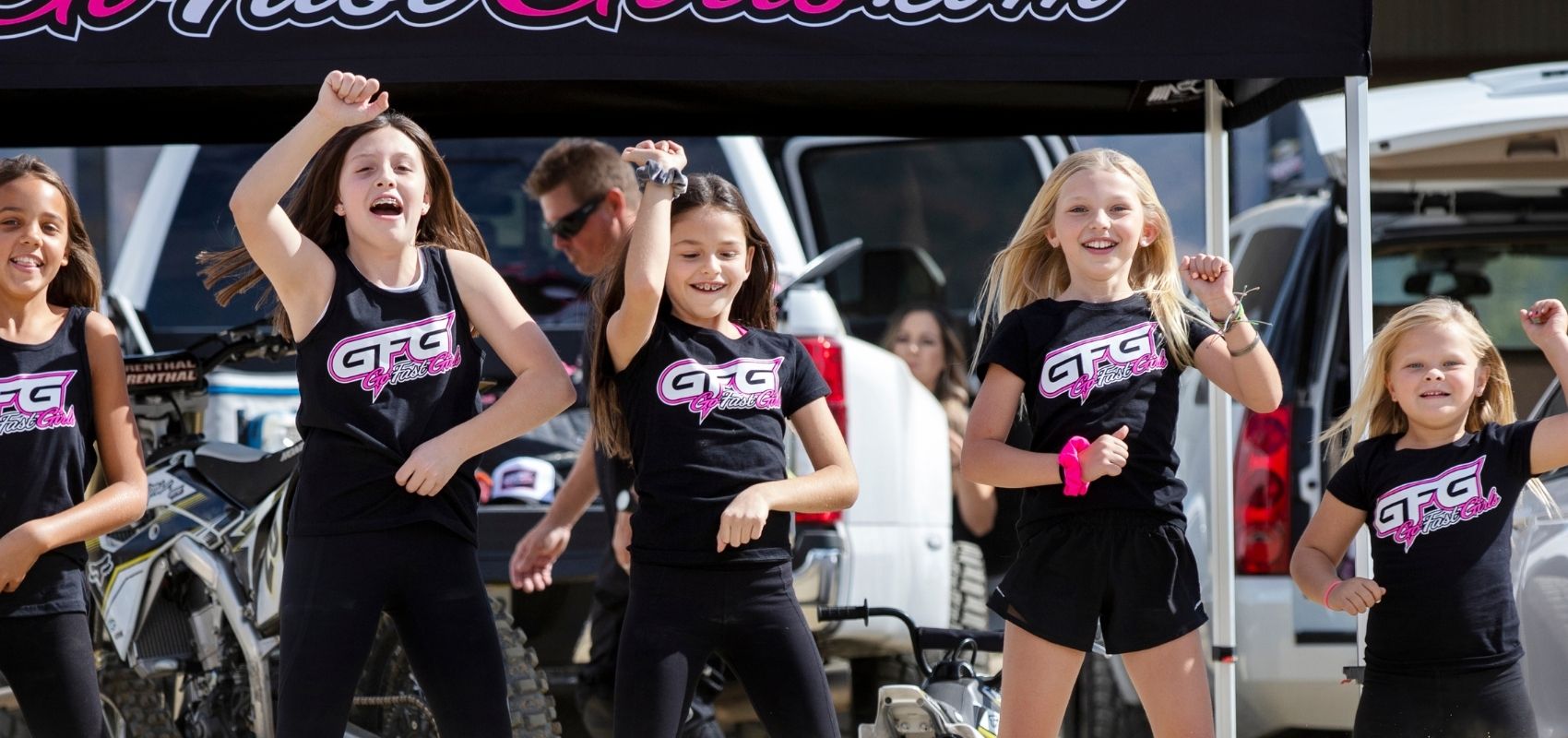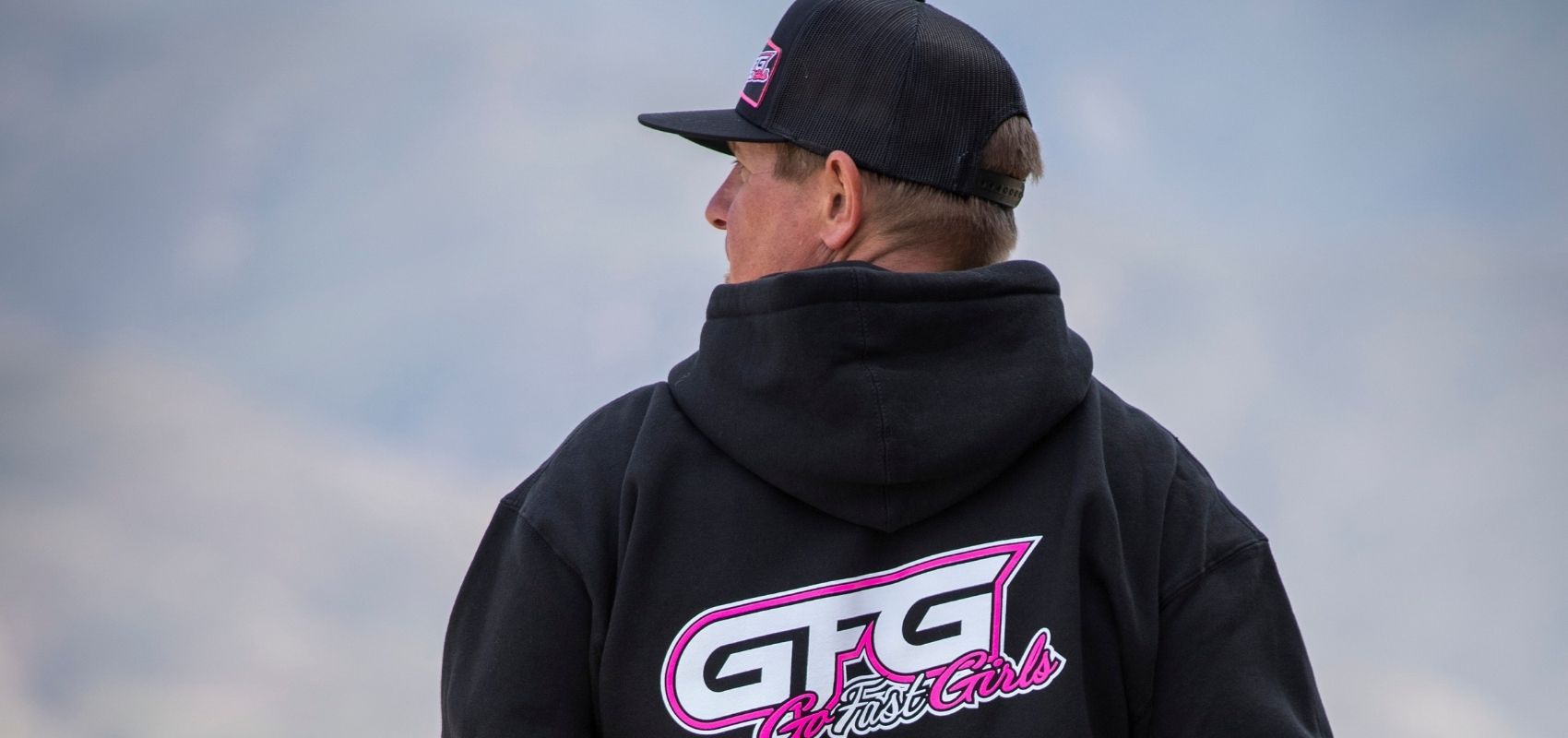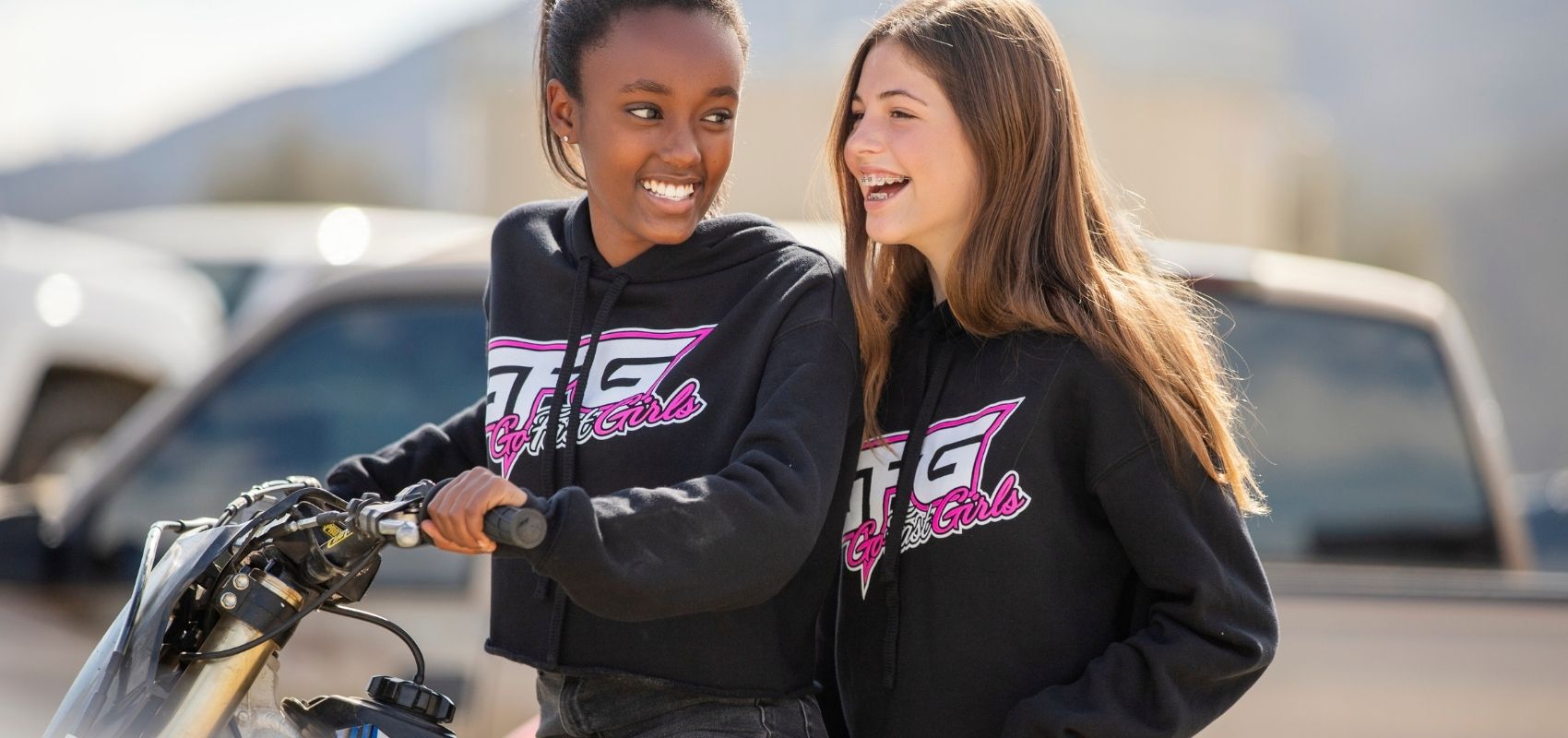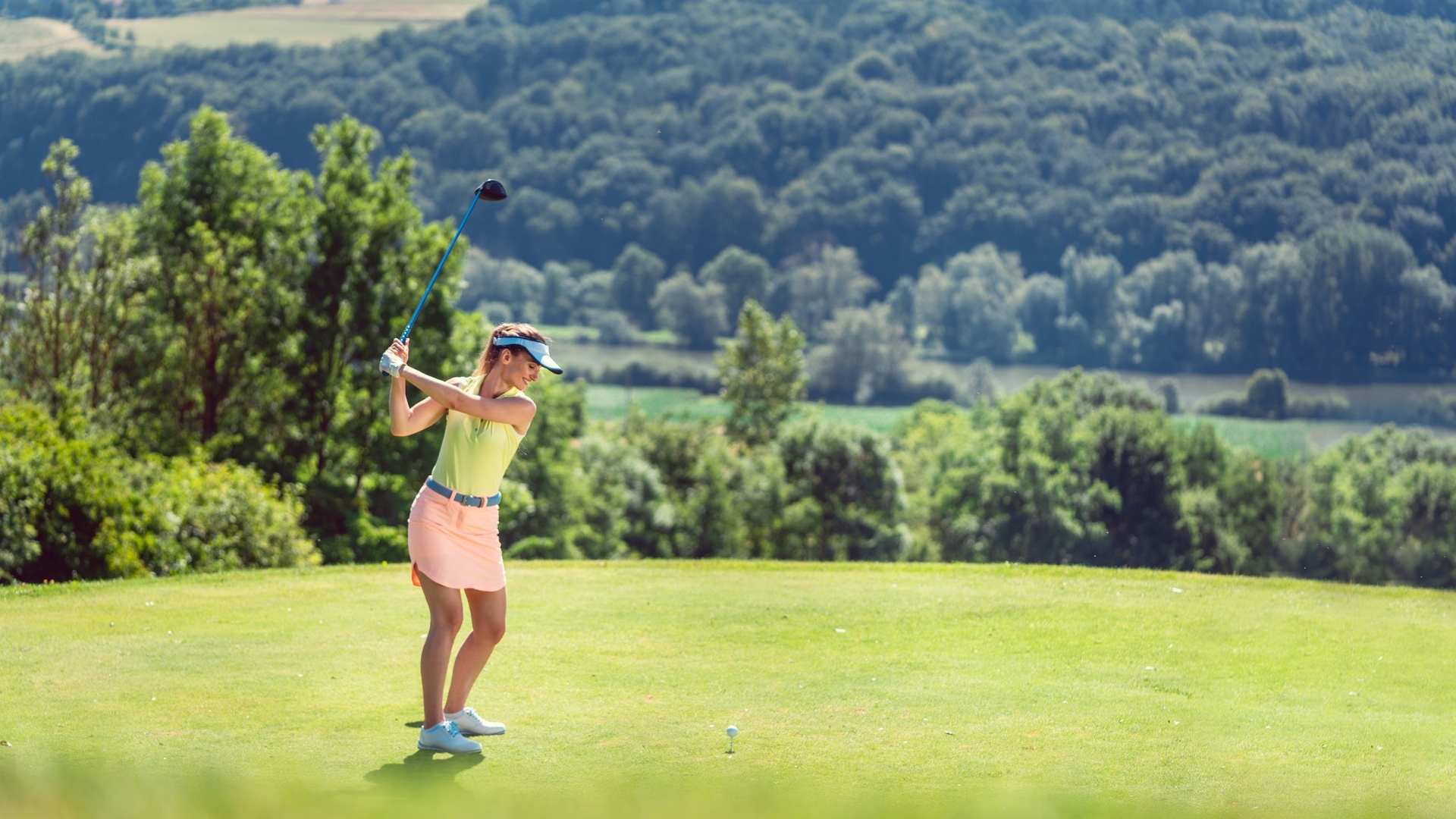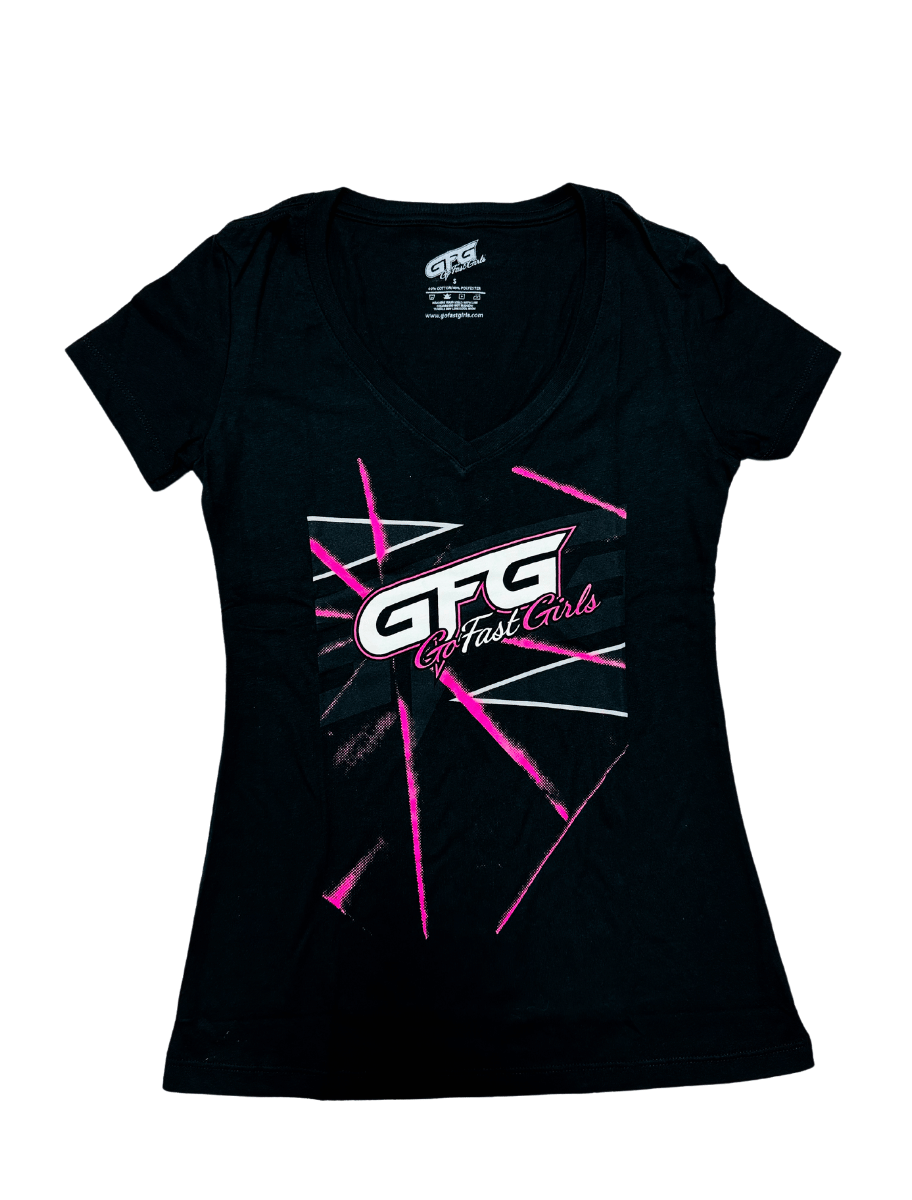Female Athletes Emerging as Big Winners in Sports Pay Era
It’s officially been one year since the name, image, and likeness (NIL) era began in collegiate athletics.
NIL has permanently altered the college sports landscape, creating a new type of amateurism for student-athletes across the board. And though plenty will continue to change with NIL, so far female athletes are emerging as big winners, gaining the benefits of endorsement deals.
Because of how vast and unregulated NIL remains, it’s hard to pinpoint how much athletes are profiting. The tech platform Opendorse, which works with more than 80 Division I schools, estimated the first year of NIL reached $917 million — with potential to reach $1.14 billion next year.
What is NIL?
Fifty years after Title IX required schools receiving federal funding to grant girls and women equal access to play sports, the opportunity for female athletes to profit off their name, image and likeness at the high school and college level is sparking a groundbreaking leap forward.
Short for Name, Image, and Likeness, NIL refers to the way college athletes can receive compensation. “Using” an athlete’s NIL would involve a brand leveraging their name, image, and/or likeness through marketing and/or promotional endeavors.
The NCAA officially made it legal for athletes to profit from NILs on July 1, 2021. Since this initial passing, states have begun to pass their own laws detailing the rules for athletes that attend colleges in their state. Universities have also begun to produce rules and programs for their student-athletes.
Beyond physical and societal benefits of playing sports, female athletes are profiting from building social media and sponsorship empires. They’re gaining financial stability that could set them up into their professional athletic careers and beyond.
Tracking the Numbers
According to Opendorse, football remains king. The sport accounted for 49.9 percent of the total NIL compensation; men’s basketball accounted for 17 percent but closely behind was women’s basketball at 15.7 percent. For a brief time, their early data showed that women’s basketball raked in more deals than men’s basketball.
Women’s sports athletes make up nearly 55 percent of total NIL activities — roughly 5.6 percent more than the remaining men’s sports.
“As a corporate recruiter, I’m looking at this saying these are real life skills that I want,” stated Steve Simmons, co-founder of NIL Partners, a company that provides NIL education to athletes, athletic departments, and corporate sponsors. “Maybe they’re not going to get paid per se while they’re in college, they may be able to balance the pay gap coming out afterwards.



